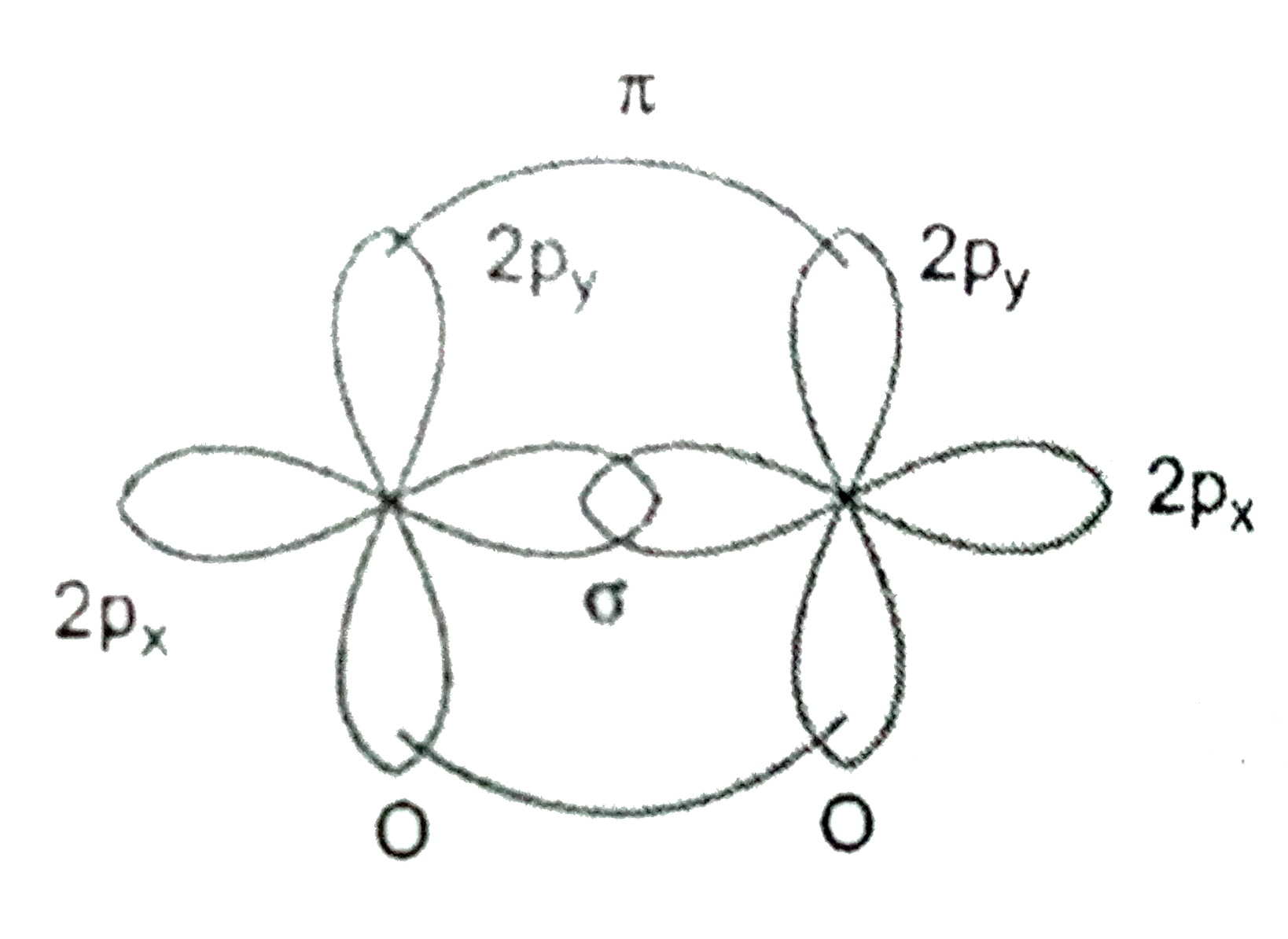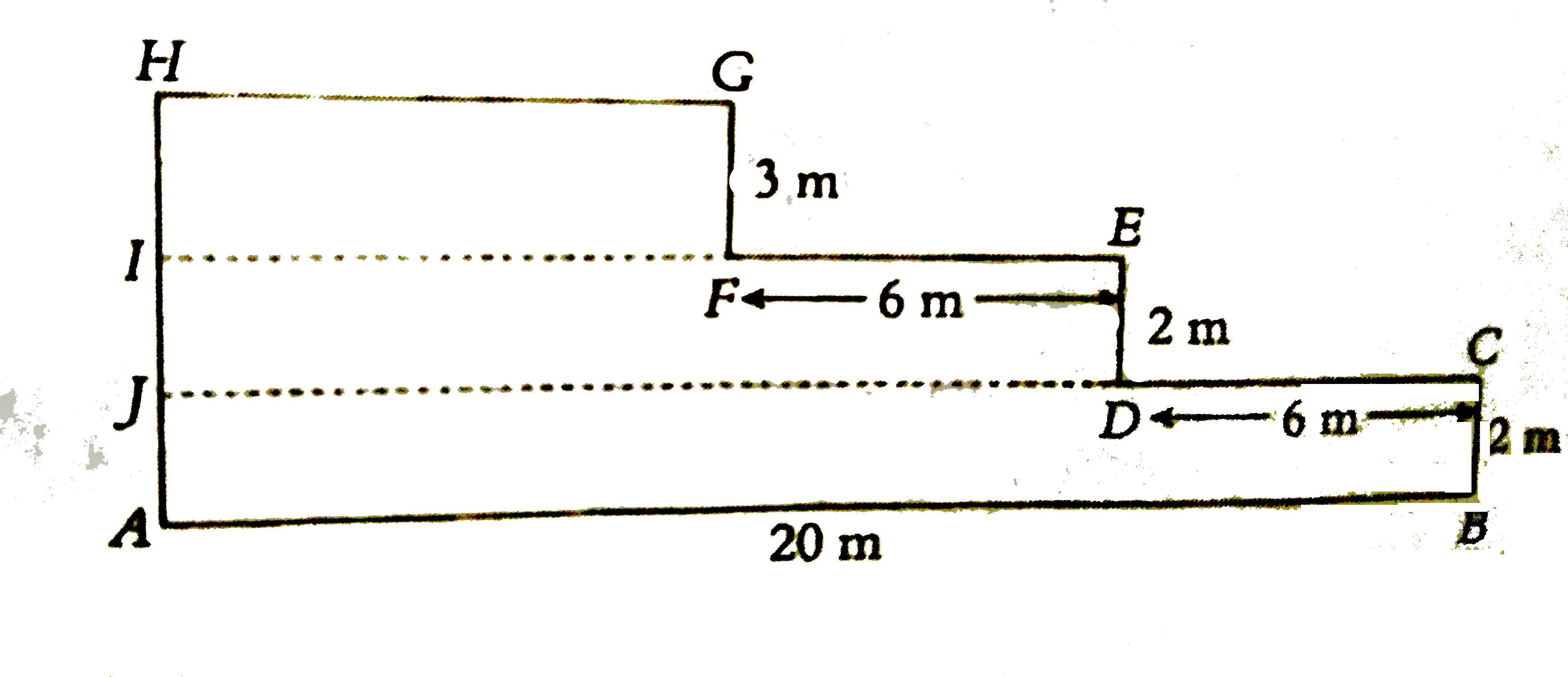The formation of double bond in an oxygen molecule is explained below. Arrange the given points in a sequential order.
(1) 2py orbitals of each oxygen atom overlap laterally/sidewise to form a pi bond.
(2) Thus, double bond between two oxygen atoms in which one pz−pz sigma bond and py−py pi bond is formed.
ltimg src="https://d10lpgp6xz60nq.cloudfront.net/physics_images/PS_CHM_X_C04_E04_032_Q01.png" width="80%"gt
(3) All the three 2p orbitals are perpendicular to each other. Hence, 2pz orbitals of each oxygen atom overlap end to end to form a sigma bond.
(4) The electronic configuration of oxygen is O: 1s222s2p1x2p2y2p1z.
A
3 1 4 2
B
4 3 1 2
C
3 4 2 1
D
3 4 1 2
Text Solution
(i) The electronic configuration of oxygen is O:1s22s22px22py12pz1.

(ii) All the three 2p orbitals are perpendicular to each other.
Hence, 2pz orbitals of each oxygen atom overlap end to end to form a strong sigma bond.
(ii) 2py orbitals of each oxygen atom overlap laterally/sidewise to form a weak pi bond.
(iv) Thus, double bond between two oxygen atoms in which one py−py pi bond is formed.
|
Topper's Solved these Questions
- CHEMICAL BONDING BOOK - PEARSON IIT JEE FOUNDATIONCHAPTER - CHEMICAL BONDING EXERCISE - Level 2
21 Videos
- CHEMICAL BONDING BOOK - PEARSON IIT JEE FOUNDATIONCHAPTER - CHEMICAL BONDING EXERCISE - Level 3
10 Videos
- CHEMICAL BONDING BOOK - PEARSON IIT JEE FOUNDATIONCHAPTER - CHEMICAL BONDING EXERCISE - Essay type questions
2 Videos
- CHEMICAL KINETICS AND EQUILIBRIUMBOOK - PEARSON IIT JEE FOUNDATIONCHAPTER - CHEMICAL KINETICS AND EQUILIBRIUMEXERCISE - Level 3
10 Videos
- ElectrochemistryBOOK - PEARSON IIT JEE FOUNDATIONCHAPTER - ElectrochemistryEXERCISE - Level 3
10 Videos
Similar Questions
Match the following Column A to Column B

View SolutionMatch the following Column A to Column B

View SolutionIn Fig, find the value of x.

View SolutionMatch the following lists:

View SolutionAt x=0, value of dydx is :

View SolutionFind the area of figure given below.

View SolutionComparison of C3andC4 plants:-

View SolutionFor shown situation find ∠BCA :-

View SolutionAt point P, the value of dydx is :

View SolutionAt point P, the value of dydx is :

View Solution
